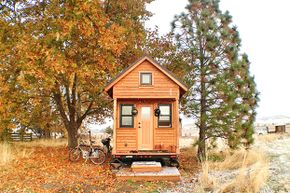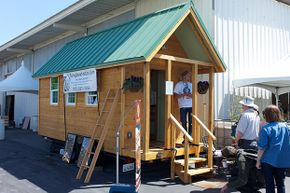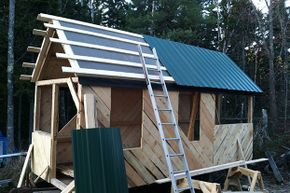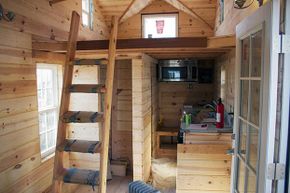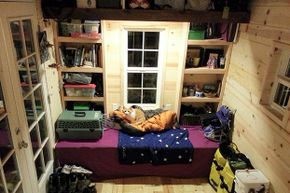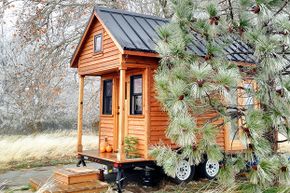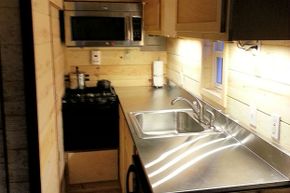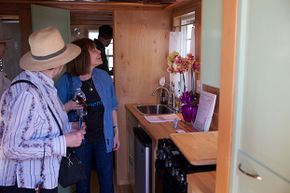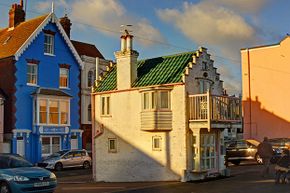Houses in the U.S. get bigger all the time. The typical house was 2,690 square feet (250 square meters) in 2014 — the largest ever, according to U.S. Census Data. (The average home was 2,095 square feet or 195 square meters in 1995.) But along with that ballooning trend — or perhaps because of it — there's been a movement toward the polar opposite — the tiny house.
There isn't a textbook definition for a tiny house, but the website Tiny House Design notes that these pint-sized structures tend to have the following features:
Advertisement
- They are usually 300 square feet (28 square meters) or less — other sources say the limit is 500 square feet (46 square meters)
- They're built using conventional building methods but are around the size of an RV travel trailer.
- They're usually built on a flatbed trailer so they are portable.
They're also often built by their owners. People attracted to tiny houses tend to build or purchase them because they're cheaper than standard houses, leave less of an environmental footprint and allow their owners to have more time and freedom to do other things besides home maintenance.
TV shows such as "Tiny House Hunters" and "Tiny House Nation" have popularized the trend. You also can buy tiny-house-building kits or get information about styles and house plans from the internet.
And tiny houses are not just for eco-conscious dwellers. In Madison, Wisconsin, tiny houses are being used in a social experiment to help the homeless. About six 98-square-foot (9-square-meter) home have been built on a site that once housed an auto body shop. The shop itself was remodeled to house bathrooms, showers and a store for residents of the "village." People from other states and several foreign countries have visited to see how the village is faring; the new residents and their neighbors, so far, are pleased [source: Erickson].
You might be intrigued about living in a tiny home. Before you take the plunge, here are some questions to ask.
